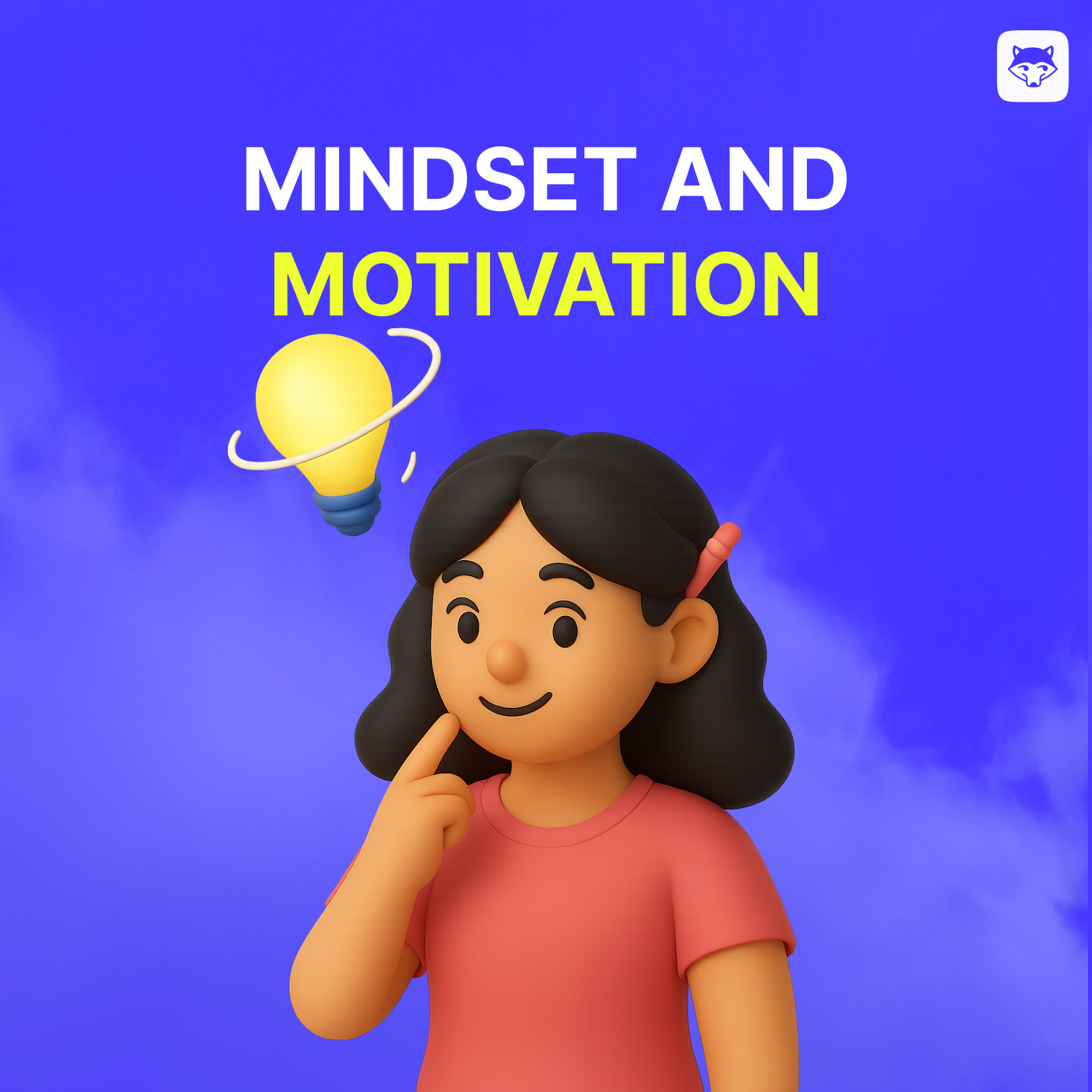One thing every author aiming to write a successful book should know is what readers want in the first chapter:
Because it’s not just “the first chapter”—it plays a crucial role in determining the fate of the entire book.
Just like the title, cover, and book description are meant to grab the reader’s attention and act as a hook, the first chapter serves a similar purpose—it draws the reader in and encourages them to keep reading.
Since it holds such importance, you need to understand how to weave in key elements: the thrill, the suspense or cliffhanger, a reason to turn the page, and more—all within just one chapter.
After all, you’re not just writing for yourself—you’re writing for an audience. And making sure that the audience is engaged should be one of your main priorities, right?
So in this article, we’re going to explore and break down exactly what readers are looking for in the first chapter—along with guidance on how to deliver it.
1. Avoid cliches
Avoid using overused beginnings, such as:
• Waking up,
• Starting the day with breakfast, or
• Describing the weather.
These are openings we’ve all read countless times—they don’t grab attention or spark curiosity.
One thing that makes a book stand out in the eyes of readers is its uniqueness. And that uniqueness starts with a powerful hook.
Instead, consider starting your story with:
• A gripping line of dialogue that demands explanation, or
• A shocking moment—something sudden or intense that pulls the reader straight into the middle of the action.
Start with something that makes readers ask questions. Who are these people? What just happened? What’s at stake?
Give them a reason to keep turning the page. Your opening should be a door they can’t help but walk through.
Note: Unless you can add a twist that truly surprises the reader or hooks them right away, avoid starting with a cliché. It immediately gives the impression that the story is something they’ve seen before—and that’s the fastest way to lose their interest.
2. Too Much Description
The main focus of the first chapter is to meet the reader’s expectations and grab their interest, so you need to do that as quickly as possible. However, too much description—especially when it doesn’t add importance to the story—can slow down the pace, and we don’t want that.
For example: Long descriptions of a building, an office, a school, a wedding venue, and more can often slow the plot and bore the reader, as they don’t contribute to the essence of the story or give a clear reason to turn to the next page.
Note: Description is allowed and can be effective, but it shouldn’t be too lengthy. If the entire first chapter is just about the character waking up, being late to school, the journey to school, and a detailed description of the school building, then it lacks a compelling reason for the reader to keep going.
Keep in mind that, the ideal balance for a story is about 60% dialogue and 40% narrative. Maintaining a moderate level of both dialogue and narrative helps create an engaging and smooth reading experience for all readers.
3. Good English & Punctuation Marks
The importance of having good English in a story is that it gives off the first impression that the author is a professional writer
However, the English should be at a moderate level—not too many complex words and not too simple either.
This is because using overly complex language can make the text difficult for some readers to follow, especially if they aren’t fluent or familiar with certain vocabulary. On the other hand, if the language is too simple, it might come across as dull or too basic, which could make the content less engaging or even feel less pleasing especially for more experienced readers.
Striking a balance ensures the message is clear while still holding the reader’s interest, making the writing more accessible and enjoyable for a wider audience. Additionally, study your punctuation marks, as they play a key role in creating a smooth and natural reading experience.
Tools like grammarly/google docs to aid in proofreading are highly effective and recommended.
4. Avoid Overcrowding the Scene
The first chapter shouldn’t be overloaded with too much happening or too many characters showing up at once, as this can overwhelm readers and, in most cases, cause confusion.
Your aim should be to make your story easy to read while still being engaging
Because…
- Introducing too many things going on too soon can weaken the impact of your opening and make it harder for readers to connect with your world or characters;
- it can make your narrative feel rushed and unfocused.
Rather:
- Make your beginning clear and focused, giving each moment and character enough room to stand out
5. Too Much Information Can Be Off-Putting
As much as we want to grab the reader’s interest, giving too much information upfront can feel overwhelming or dull, leaving them with little eagerness to continue. The key is to strike a balance between what the reader needs to know right away and what can be introduced gradually to build tension and thrill.
To keep readers on the edge of their seats, eager to read more, drop a hint—just enough to spark curiosity. Like a subtle clue in dialogue, a mysterious line, or a chilling warning that promises something big ahead without spoiling the surprise.
Example:
“There’s a new alpha in town… and he’s nothing like us. He’s feared, respected—and downright evil. Rumor has it he’s been mated five times, but all his mates died mysteriously. And now, there’s talk that he’s been mated again—and he sensed his mate is here, in our pack. Whoever gets chosen… will be cursed, because what comes after being mated to him?… DEATH!”
See? It’s gripping, clear, and suspenseful, with just enough of a tease to hint at something big. If your first chapter kicks off with a scene like this, it’s the perfect way to grab the reader’s attention and build anticipation for what’s to come.
Questions immediately flood the reader’s mind:
- Who is the unlucky one?
- What becomes of them?
- What happened to his other mates?
- And will his new mate die too?
And many more.
These unanswered questions and that pull of raw curiosity are what keep readers turning the page.
6. Do not drag out a scene for too long
One of the common mistakes writers make is lingering too much on a single moment, often with the intention of helping readers better understand the situation.
However, too much detail can slow down the story, make it feel boring, and weaken the impact of the scene.
Aim to provide just enough information to ground the reader, then keep the story moving to hold readers’ attention.
7. End with a cliffhanger
Not only do we aim for readers to read the first chapter, but we also want them to be intrigued enough to turn to the next page. One way to achieve this is by ending the chapter with a cliffhanger.
For example:
“She found an envelope lying at the front of her door. She opened the envelope—and froze.”
This sparks the reader’s curiosity and raises questions like:
- What did she find in the envelope?
- Who sent it?
and more.
With these questions in mind, the reader will be curious enough to want to read the next chapter and keep going.
Found this helpful?
There are plenty of other blog posts here to support and strengthen your writing journey—from “how to write a killer book blurb” to “passing the review process,” and now, understanding what readers want in the first chapter.
This blog is designed to help you grow every step of the way. So take your time scrolling through, reading, and learning—because each post brings you one step closer to becoming the writer you’re meant to be. 🥰💕
Happy Writing~
Your Editor, Ava





